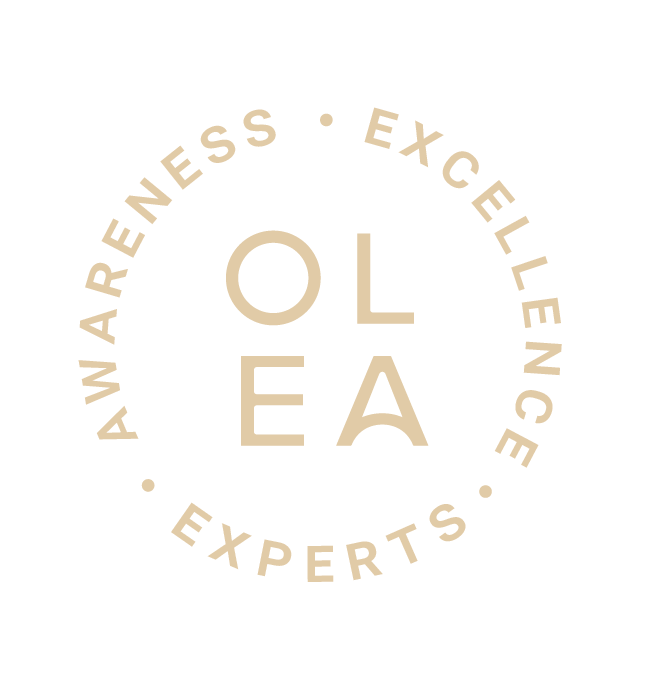Myofascial Massage
The myofascial massage might be your best bet if you searched the web to find tension relief finally. Many people are still convinced that myofascial means some facial treatment, but I’ll educate you! Myofascial means muscles and connective tissue (FASCIA). Did you know you have over 600 muscles, and each of them has its own fascia pocket? Or, as Tom Meyers suggests, 600 walls in one fascia. It wraps around muscles, nerves, fat, bones, organs, skin, ligaments, blood vessels and separates them from each other!
MEDICAL
Your physician can prescribe massage therapy for myofascial pain relief as the first alternative for diseases of the musculoskeletal system and connective tissues. Health insurance may cover it. You may know myofascial pain or as myofascial pain syndrome (ICD-10-CM Code M79.1 – Myalgia). Fybromyalgia is the most common myofascial disorder. Sensations of tension and can be unpleasant and long-lasting since nerves can be locked in so-called trigger points.
MYOFASCIAL TRIGGER POINTS
Trigger points do not respond well to muscle relaxers and anti-inflammatories. Foam rolling can aggravate it even more. Stretching will help only if you know what to stretch. They can be painful to touch or without touch, just sore all the time. You may have called them ‘knots’ before, but now you know they are trigger points or adhesions. As nerves get entrapped within myofascia, you can feel referred pain along the whole nerve route. For example, you can feel a headache from a nerve jammed between your stiff neck muscles. You can also feel back pain from trigger points in your abs, believe it.
REASON FOR TREATMENT
Myofascial release is a form of massage to release painful restrictions between muscles and fascia. You see, when you sit 8+ hours a day, there is no friction between muscle layers that would naturally happen with movement. So fascia gets tight, and muscles adhere to each other, leaving your joints to suffer. And nerves that lie deep within become very uncomfortable, like in a crowded elevator in the summer.
Myofascial Massage Therapy, Trigger Point Therapy, or Myofascial Release (MFR) are similar modalities that serve the same purpose if you ask me. Still, John Barnes, the latter’s creator, may disagree. His approach teaches how to apply gentle pressure and patiently hold it for minutes until fascial release happens.
WHO CAN HELP
Luckily Katie Hopkins – our myofascial specialist, can help. She studied MFR and has that patience+touch. If you have the patience to wait to get on her schedule, you will experience THE pain relief you were longing for. The session itself is very relaxing and requires zero effort from you. The pleasant effects are: feeling taller, lighter, looser, and freer. Your posture will improve noticeably after a first session, moving around will feel less restricted, and pain will start fading away.
As always, we recommend seeking our attention sooner rather than later because chronic myofascial imbalances can lead to bone spurs, joint dysfunctions, and other fallouts.
